Why You Might Need a Dual Battery System?
If you love the great outdoors and enjoy fishing, camping, four-wheel-driving, and traveling around Australia, it’s essential to have a portable fridge and be able to power other auto accessories in your overall setup and unfortunately, a single battery just won’t get the job done and it’s time for a dual battery system setup.
For example, if you were to keep your fridge running while the vehicle is parked, you need plenty of reserve battery power. However, for many people, adequate electrical capacity is not just a convenience that helps keep your beer and food cool. It is also an essential requirement for work: it powers equipment such as safety lights and radios when a vehicle is stationary and having a dual battery setup is simply a must.
There are a few ways the second battery can be wired into the vehicle, depending on its intended use and the system flexibility required. But no matter what, the second battery must be installed and wired in either the;
- The engine bay
- The passenger compartment
- Or load area
This way it can be isolated and doesn’t flatten the vehicle’s starter battery. In most 4x4s today, their engine bays are designed to host a secondary battery, Others are tighter for space, so you’ll need to figure out a spot that’ll take its weight.
The final requirement of a dual battery system is for the second (or accessory) battery to be easily charged by the vehicle when you’re driving or the engine is running. This will ensure it’s charged and ready to use when you arrive at the next campsite or job.
Table of Contents
Installing a second battery for your Vehicle
Most vehicles are built with one battery, so installing a second battery to power requires extra hardware. Many Australian equipment manufacturers, such as ARB and TJM manufacture trays for popular 4x4s. These companies have extensive experience, and they make tough and durable products that place the battery’s weight into strong sections of the vehicle body shell to reduce the chance of sheet metal cracking or tearing.
What you will discover is that some 4×4 vehicles have pre-installed but unused locations ideal for second battery installation. For instance, most diesel Toyota Prados have two batteries, while petrol Prados have one plus a strong factory-engineered foundation for a second battery.
But many vehicles especially recent models don’t have the extra room to install a second battery in the engine bay, so the second battery must be located elsewhere in the vehicle, such as in or under a load tray or in the passenger compartment.
The fitment of an accessory battery tray can often be achieved by a competent handyman, although vehicle components – such as a power steering reservoir or an air-conditioner pipe – may require tweaking or relocation to provide space for a second battery tray.
No matter what, batteries hate the heat, so batteries should be installed as far away as possible from hot engine components; preferably on the cold side of the engine, opposite the exhaust.
Keeping Your Dual Batteries Charged
A second battery can be wired into the vehicle with some appropriately sized wire (and a circuit breaker or fuse for safety) and a simple high-amperage on/off switch. This allows the second battery to be charged while you’re driving, and disconnected (isolated) when it’s time to set up camp and operate the fridge and camp lights – without running the vehicle’s main battery flat.
There are three ways to keep your dual batteries and they are as follows:
1.Basic Isolators
A basic isolator is similar to a little manual switch that physically connects the two batteries together. But rather than be a switch you operate yourself, it’s controlled by the ignition. They’re super cheap and will effectively isolate your starter battery, meaning you can run your auxiliary battery flat.
However, the letdown with these is the now flat battery will connect as soon as you attempt to start your vehicle potentially leaving you without enough power to crank over.
2. Smart Isolators
It’s worth investing a little more and getting a smart isolator such as the Baxters Dual Battery Smart Intelligent Isolator. They’re the same mechanical switch as the basic isolator but instead of turning on and off with the ignition, they’re made to cut in and out at certain voltages. We usually recommend this as an entry-level option for Dual Battery Systems.
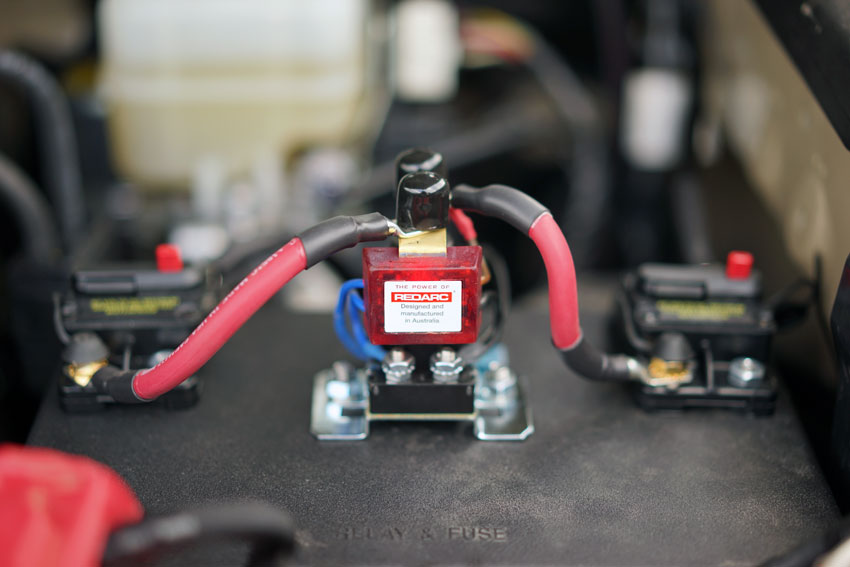
This means they’re able to keep the auxiliary battery disconnected until the starter battery is fully charged ensuring you’ll always have enough juice to get your vehicle going.
Some Isolators even have the option of jumpstarting (link to jumpstart video when up) the starter battery off of the auxiliary battery.
3. DC to DC Chargers
Some manufacturers are now designing their vehicles with smart alternators. To meet strict fuel consumption and emission targets these alternators put out just enough power to charge the main battery and turn it off completely when it’s fully charged.
This makes it almost impossible to charge an auxiliary battery by traditional methods. Cue, DC to DC chargers.
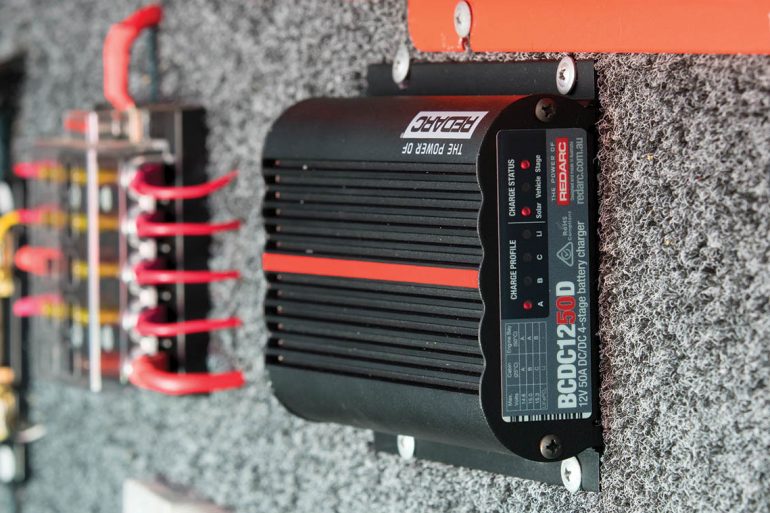
DC to DC chargers are effectively like a battery charger you’d have at home but they plug into the vehicle’s wiring. The ECU sees it as just another accessory like a pair of lights and will run the alternator accordingly.
It basically makes two completely separate electrical systems so there is zero chance of running the main battery flat by keeping the fridge on all night.
Some high-end units can also regulate solar panel input, act as a mains charger and even provide detailed info to the driver about battery conditions and charging rates.
4. Battery Management Systems
Battery management systems are designed to charge and maintain the auxiliary batteries used in recreational automotive and marine applications, these battery chargers incorporate AC, DC and solar inputs to achieve the best charge.
Whether you’re free camping or on a powered site, it knows how to take charge and keep auxiliary batteries fully charged. No matter where you travel you know you will always have the power you need. Take complete control of your auxiliary battery charging with a high-end battery management system such as the RedArc Manger 30 S3.

Ideal for recreational vehicles, caravans, and camper trailers with multiple battery banks, this 30A battery management system is developed with ease of installation in mind.
Whether you’re charging Lead Acid, Gel, Calcium, AGM or Lithium (LiFePO4) batteries, The Manager30 will always ensure they’re fully charged. With full batteries and a reliable power source, you can go further, have better adventures and even take some of the comforts of home whilst on the road.
Dual Battery Charge Time
The setup of a 4×4 vehicle or camper/caravan battery bank requires careful consideration of charging time and rate, regardless of the system in use.
Here are some key points to keep in mind:
- Batteries take time to charge, and the process is not linear. A well-depleted battery will accept lots of current at first, but as it approaches full charge, the current reduces significantly.
- In general, a battery will be 80% charged in 20% of the time it takes to fully charge, with the last 20% taking significantly longer.
- The typical touring day of six to eight hours of driving and charging may not fully charge a depleted battery bank.
- Having ample charging capacity, such as a 200A alternator in your vehicle, does not necessarily charge things quicker than an 80A unit if the battery or batteries only take 40A.
- To reduce charging time, consider using multiple smaller-capacity batteries in parallel, which can charge in less time while drawing more current than a single large battery of the same capacity.
- This approach is particularly useful when relying on accessory power in remote areas.
- Multiple batteries can also be separated due to damage or loaned for other uses, such as getting a stranded vehicle running.
Ensure your battery bank is optimally set up for your off-grid adventures. Contact our team of experts for tailored advice and quality products to meet your power needs.
Battery Packs/Power Stations
Portable power stations/battery packs are another way of powering accessories and is the perfect companion on your outdoor adventures such as camping, caravanning, boating, fishing and festivals.
If your vehicle isn’t being used frequently for off-ride adventures then a permanent dual battery installation might not be worth the costs and hassle and a portable power station like the Hyundai 300/600W max Li-ion might be your best option.
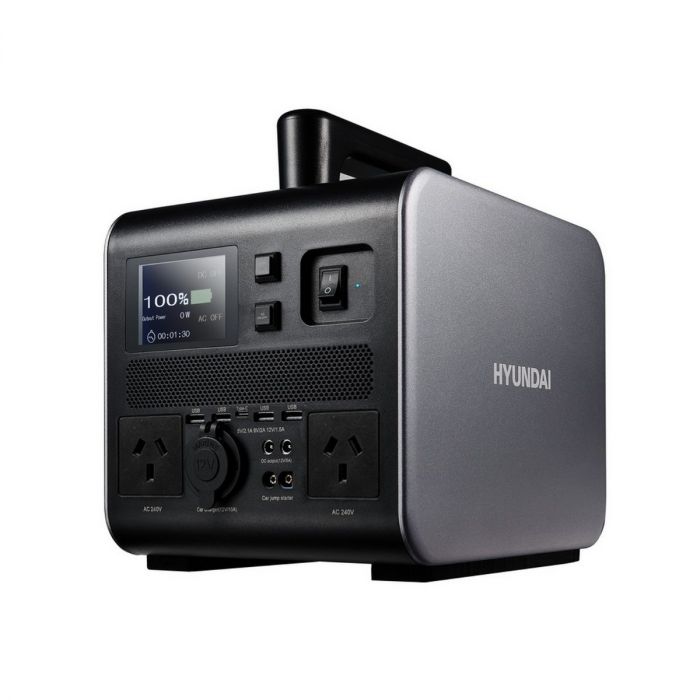
Portable power packs are available in several shapes, sizes, and qualities. The better ones exceed the performance of a vehicle-mounted accessory battery, but in a relatively easy-to-move package that can be removed from the vehicle when it’s not required.
That way, you can keep a fridge, lights, or any other accessory running at camp while you’re out exploring in your 4×4. They are also handy around the home or garage.


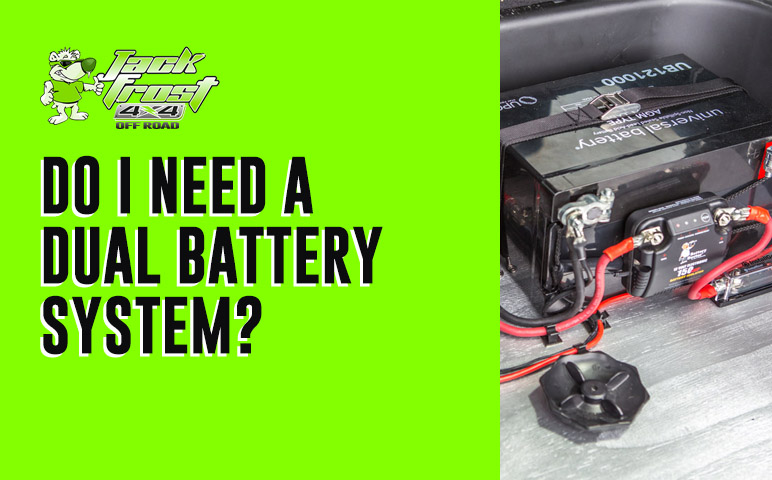
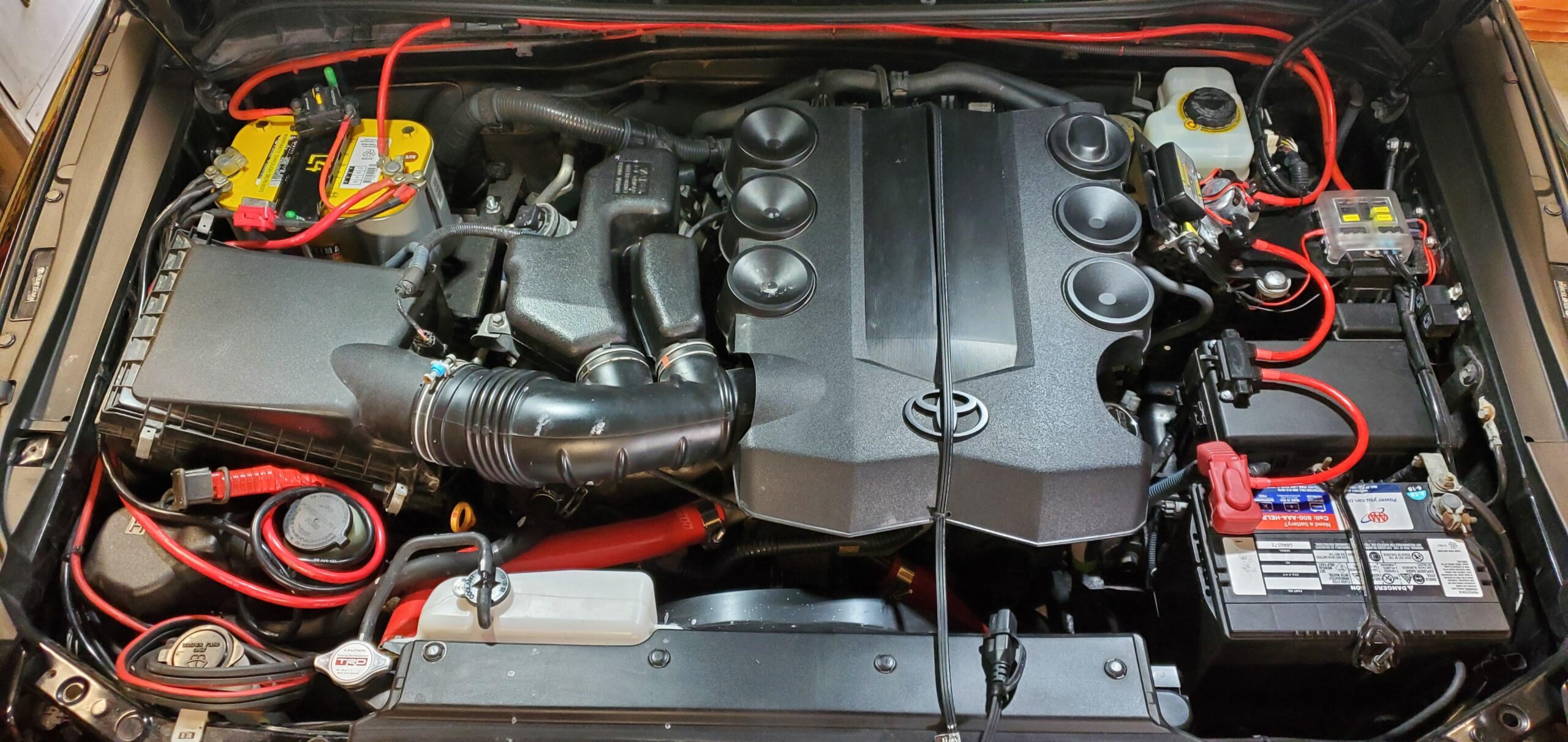

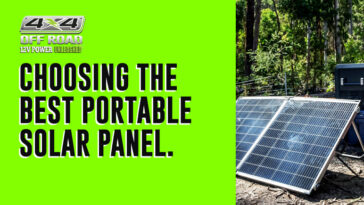
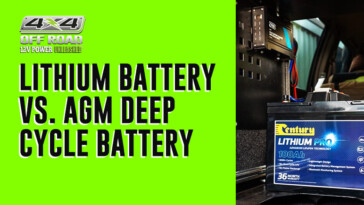
 No products in the cart.
No products in the cart.